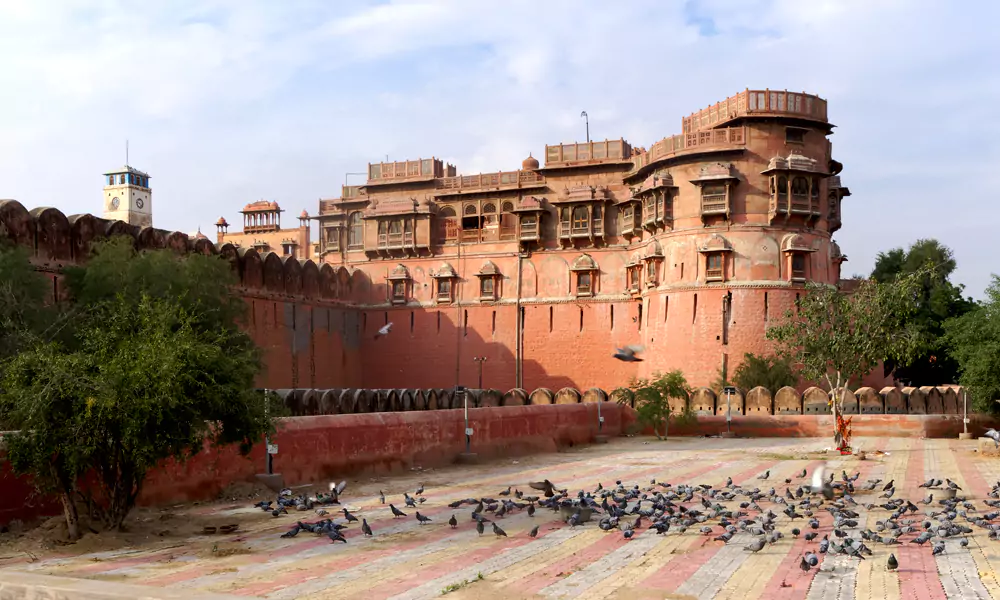
Junagarh Fort stands as a formidable reminder of Rajasthan’s opulent history and architectural brilliance. Situated in the heart of Bikaner, this fort is a magnificent edifice that showcases the valour and grandeur of the Rajput era. Junagarh Fort was not built on a hilltop, unlike many other forts in Rajasthan. Yet, it has endured numerous battles and remains preserved.
Timings and Entry Fee
Junagarh Fort is open to visitors throughout the week. The visiting hours are from 10:00 AM to 4:30 PM. The entry fee is INR 50 for Indian citizens and INR 300 for foreign tourists. There are additional charges for photography and videography, which are INR 50 and INR 200, respectively. Guided tours are available, offering detailed insights into the fort’s history and architecture.
History
The Genesis of Junagarh Fort
In the early 20th century, the fort known as Junagarh, which was originally named Chintamani, was constructed between 1589 and 1594. Raja Rai Singh, the sixth ruler of Bikaner and a distinguished general in the army of the Mughal Emperor Akbar, undertook its construction. The fort’s name was later changed to Junagarh, meaning “Old Fort,” when the royal family moved to Lalgarh Palace outside the fort limits.
The Fort’s Evolution Through Eras
Over the centuries, Junagarh Fort saw several additions and renovations, reflecting the various influences that came with different rulers. The Karan Mahal, built by Karan Singh in the 17th century, is one of the oldest structures within the fort. In subsequent years, Anup Mahal, Ganga Mahal, and Phool Mahal were added, each displaying unique architectural styles and decorations.
Junagarh in Warfare
Numerous invasions have failed to capture Junagarh Fort, thanks to its strong defences and strategic planning. (The fort has never been captured despite numerous invasions.) The fort witnessed the siege of Kamran Mirza, Akbar’s brother, and numerous skirmishes with local chieftains. Each encounter left an indelible mark on the fort’s history, contributing to its legends of invincibility.
Architecture
Structural Brilliance
Junagarh Fort’s architecture is a blend of Rajput, Mughal, and Gujarati styles, resulting in a mesmerizing amalgamation of designs. The fort complex spread over 5.28 hectares, includes several palaces, temples, and pavilions, all intricately designed and adorned.
Palaces and Pavilions
- Karan Mahal: Known for its exquisite stained glass windows and intricately carved balconies, Karan Mahal is a testament to the fine craftsmanship of the era. The palace was used as a public audience hall.
- Anup Mahal: This multi-storey structure served as the administrative headquarters. It features ornate wooden ceilings, inlaid mirrors, and vibrant murals depicting scenes from Hindu mythology.
- Phool Mahal: As the name suggests, Phool Mahal, or “Flower Palace,” is adorned with delicate floral motifs and vibrant frescoes, showcasing the opulence of the royal lifestyle.
- Ganga Mahal: Built in the early 20th century, Ganga Mahal houses a museum that exhibits an extensive collection of artefacts, including weapons, paintings, and manuscripts.
Temples and Gardens
Junagarh Fort is also home to several temples, such as the Har Mandir, where the royal family worshipped their deities. The fort’s gardens, like the Badal Mahal courtyard, offer a serene escape with their lush greenery and aesthetic appeal.
Cultural Significance
A Reflection of Bikaner’s Heritage
Junagarh Fort is not just a monument; it is a symbol of Bikaner’s cultural and historical identity. The fort’s various structures and artworks narrate the tales of bravery, loyalty, and artistic excellence of the Rajput rulers.
Festivals and Events
The fort comes alive during local festivals like the Camel Festival and the Karni Mata Fair, attracting tourists and locals alike. These events provide a glimpse into the rich traditions and vibrant culture of Bikaner.
Preservation and Tourism
The Archaeological Survey of India (ASI) and the Rajasthan government have taken significant steps to preserve Junagarh Fort’s legacy. The fort’s museum, which houses invaluable artefacts, plays a crucial role in educating visitors about the region’s history.
Best Time to Visit
Ideal Seasons
The best time to visit Junagarh Fort is during the winter months, from October to March when the weather is pleasant and conducive for exploring the fort’s expansive grounds. The scorching summer heat of Rajasthan can make daytime sightseeing quite uncomfortable, while the monsoon season can sometimes hinder travel plans.
Special Events
Visiting during the Camel Festival in January offers a unique cultural experience, as the fort hosts various events and activities that celebrate Bikaner’s heritage. The fair includes camel races, dances, and other traditional performances that provide a lively backdrop to the historic fort.
How to Reach
By Air
The nearest airport to Junagarh Fort is Nal Airport, located about 17 kilometres from Bikaner. However, it has limited connectivity. The more convenient option is Jodhpur Airport, which is approximately 250 kilometres away and well-connected to major Indian cities. From Jodhpur, you can hire a taxi or take a bus to Bikaner.
By Train
Bikaner Junction is the nearest railway station, situated around 2 kilometres from Junagarh Fort. The station is well-connected to major cities like Delhi, Jaipur, and Jodhpur. Trains like the Bikaner Express and Howrah-Bikaner Express offer comfortable travel options.
By Road
Bus services regularly connect cities like Jaipur, Jodhpur, and Delhi with Bikaner. Private taxis and car rentals are also available, offering a more flexible and comfortable travel experience.
Nearby Attractions
1. Lalgarh Palace
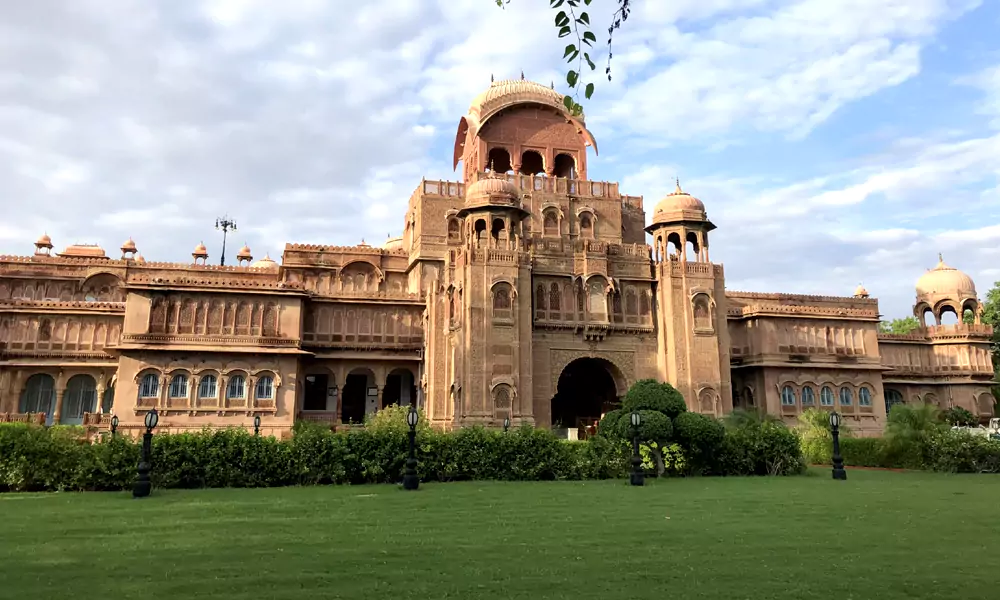
Located just a few kilometres from Junagarh Fort, Lalgarh Palace is a stunning blend of European and Rajput architecture. Built in the early 20th century, it now houses a museum and a heritage hotel, offering visitors a chance to experience royal hospitality.
2. Karni Mata Temple
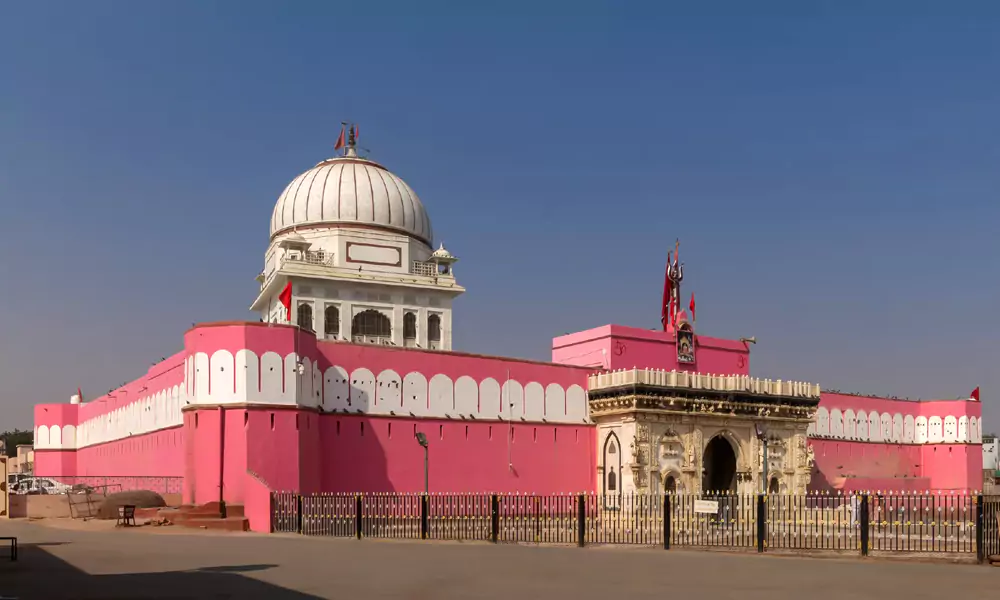
The rats, considered sacred by devotees, reside in Karni Mata Temple, located approximately 30 kilometres from Bikaner in Deshnok. This unique temple attracts visitors intrigued by its unusual traditions and fascinating legends.
3. Gajner Palace
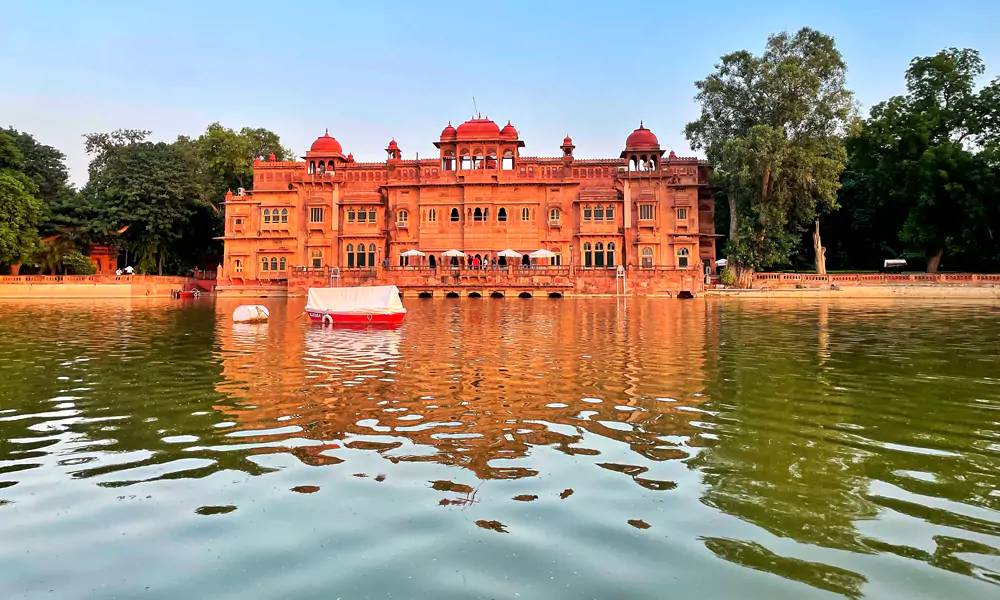
Gajner Palace, a lakeside palace located approximately 30 kilometres from Bikaner, is now a heritage hotel. The palace complex, with its beautiful gardens and wildlife sanctuary, offers a serene retreat for visitors.
4. National Research Centre on Camel
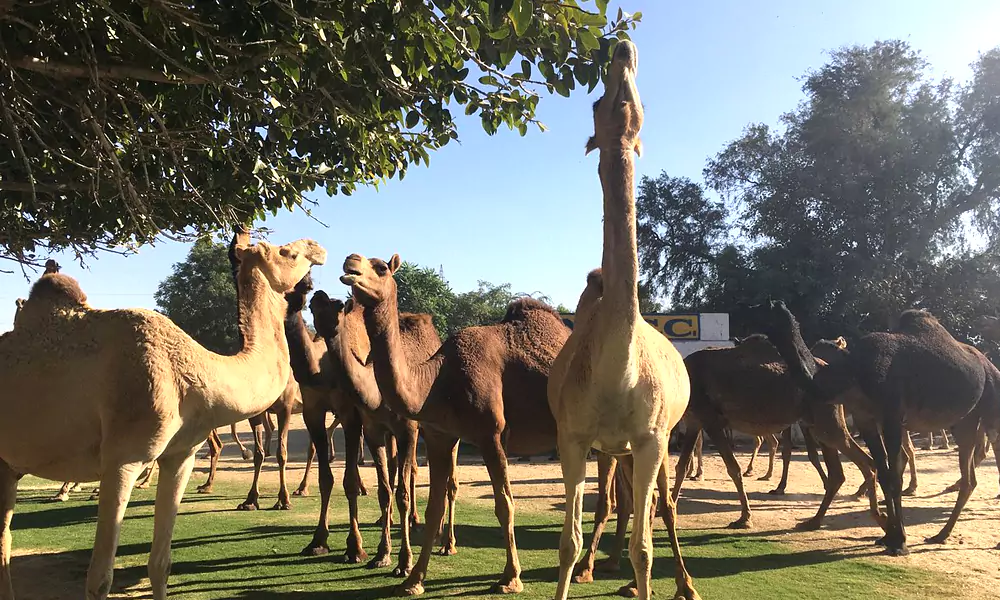
About 8 kilometres from Bikaner, this centre is a must-visit for those interested in learning about camels. It offers insights into camel breeding and has a small museum dedicated to these fascinating animals. Visitors can also enjoy camel rides and taste camel milk products.
Travel Tips
Practical Advice for Visitors
- Guided Tours: Hiring a local guide can enhance your experience, providing valuable insights and historical context that you might miss otherwise.
- Footwear and Comfort: Wear comfortable shoes, as you’ll be doing a lot of walking. The fort’s expansive grounds and numerous steps require sturdy footwear.
- Hydration and Sun Protection: Carry water and use sunscreen, especially if visiting during warmer months. The Rajasthan sun can be quite harsh.
- Photography: While photography is allowed, some areas may have restrictions. Always check and respect the rules to preserve the integrity of the artefacts and structures.
Cultural Sensitivity
- Respect Local Customs: Dress modestly and respect local customs, especially when visiting temples and other religious sites within the fort complex.
- Environmental Care: Help preserve the fort’s beauty by not littering and being mindful of the surroundings.
Frequently Asked Questions (FAQs)
Junagarh Fort is open daily from 10:00 AM to 4:30 PM.
Yes, there is an entry fee for visitors. It varies for Indian and international tourists, with additional charges for photography and video cameras.
Yes, guided tours are available and highly recommended to fully appreciate the fort’s rich history and architecture.
It is advisable to avoid bringing food and drinks inside to maintain cleanliness. There are designated areas outside the fort where you can eat.
Some areas of the fort may be challenging to access for people with disabilities due to its historic architecture and numerous steps. However, efforts are being made to improve accessibility.
Conclusion
Junagarh Fort stands as a beacon of Rajasthan’s illustrious past, offering visitors a chance to step back in time and experience the grandeur of the Rajput era. Its intricate architecture, rich history, and cultural significance make it a must-visit destination in Bikaner. Whether you’re a history enthusiast, architecture aficionado, or simply a curious traveller, Junagarh Fort promises a memorable journey through the annals of time. The majestic halls and serene courtyards tell stories etched into their walls, making your visit an unforgettable experience.
